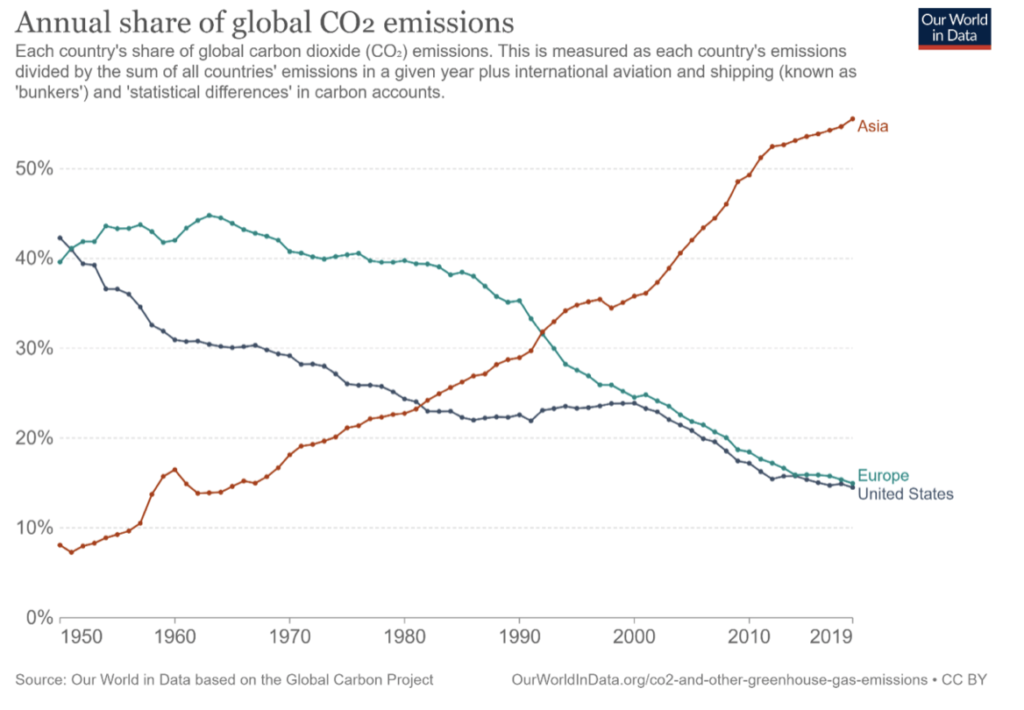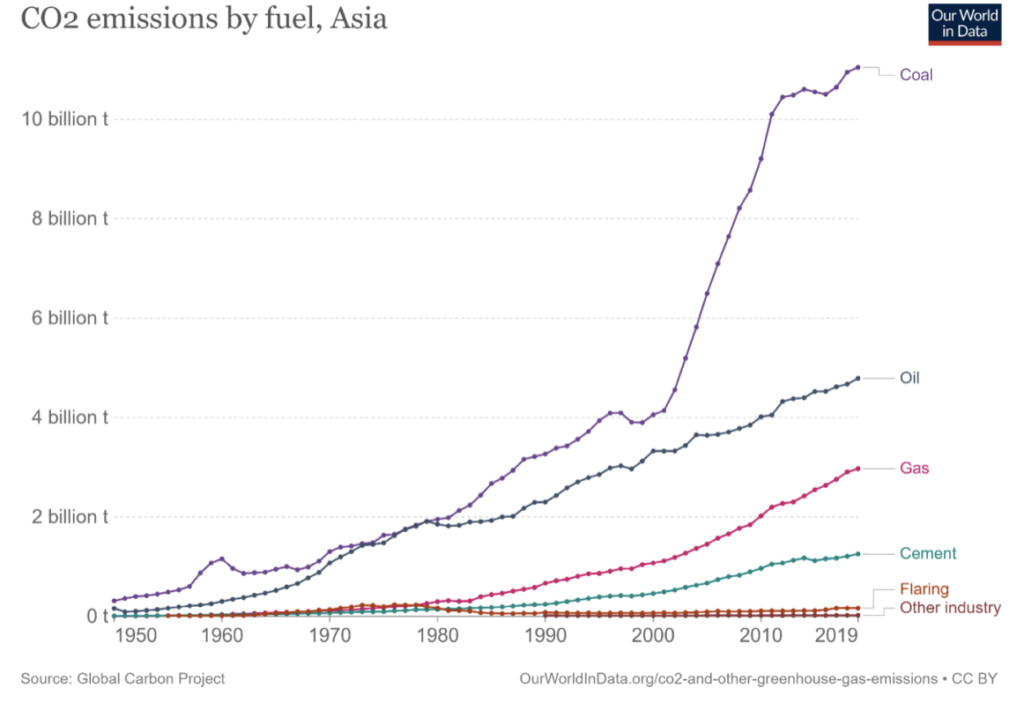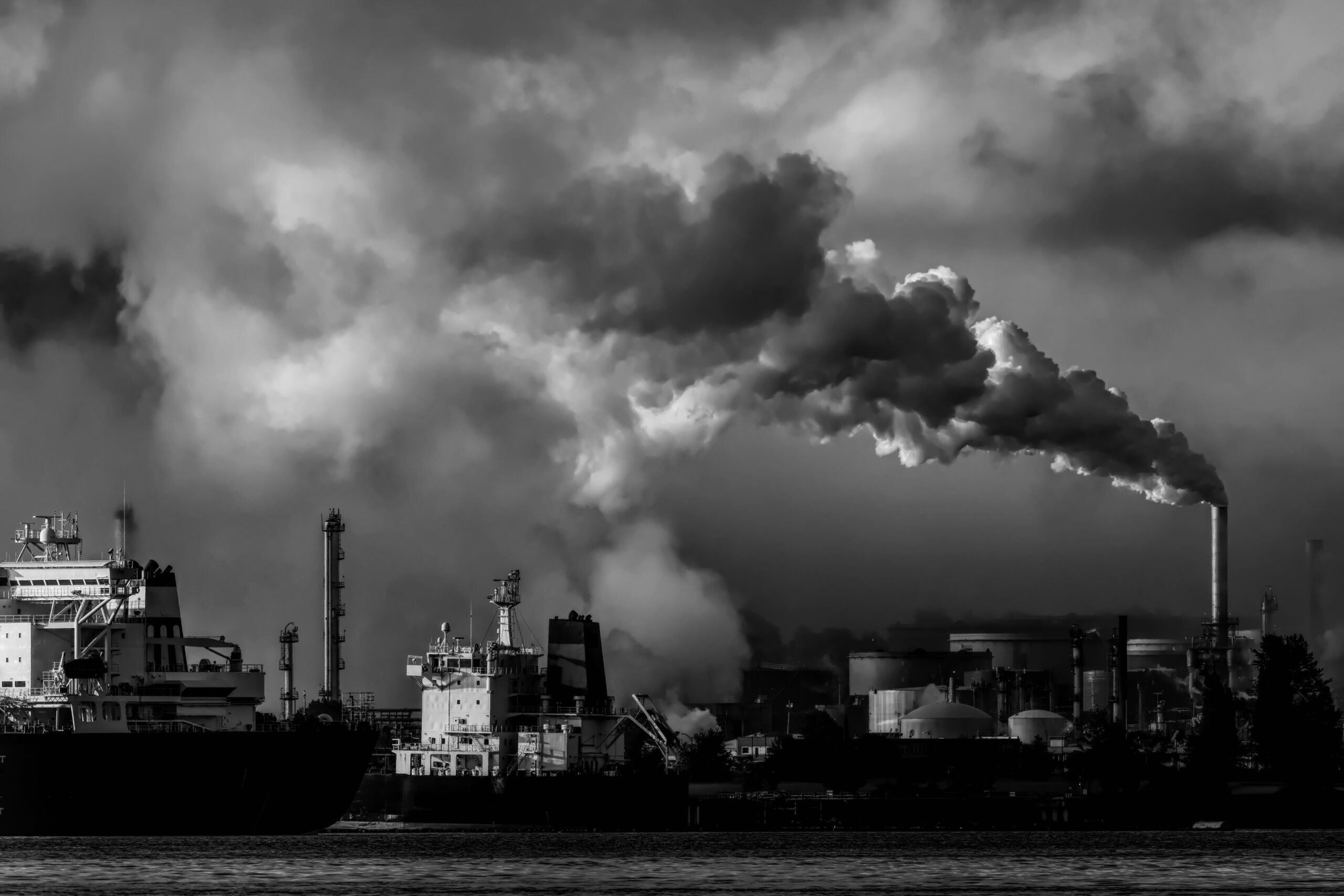President Biden once hoped to attend the 31 October start of the Glasgow UN Climate Conference having signed a massive new package of climate-related spending. A New York Times analysis undertaken by Margot Sanger-Katz and Alicia Parlapiano estimated that $675bn of President Biden’s original $4.7tr ‘Build Back Better’ plan would have been earmarked for subsidies and tax credits ostensibly intended to change the world climate. Congressional Democrats did not have the votes for such a mammoth spending spree and many of them disliked prioritising green subsidies over social spending during the struggle to cut the bill by nearly $3tr.
A few days before his trip to Europe, the President offered a new plan to shrink his $4.7tr plan to $1.85tr by discarding or gutting many social spending plans in order to leave 30% of the total ($555bn) for “climate-related” corporate welfare.
As an explanation of Biden’s priorities, The New York Times’ Coral Davenport wrote, “The United States is historically the largest source of the pollution that is heating the planet”. That is precisely the widespread misconception which leads Americans to believe the climatic fate of the entire planet is in our hands if only Congress would throw enough money at it. The trouble is the United States has not been “the largest source” of greenhouse gas emissions since 1950, when Europe overtook it for five decades. In recent decades, the US has accounted for an exceedingly small fraction of worldwide increases in carbon dioxide and an even smaller share of other greenhouse gases.
The first graph ‘Annual share of global CO2 emissions’ shows the US share of global CO2 emissions has been falling during most postwar decades – recently from 23.9% in 2000 to 14.5% in 2019. Meanwhile, carbon emissions in Asia rose from 35.8% of the global total in 2000 to 55.6% in 2019.

Focusing on carbon dioxide overstates the US share of global greenhouse gas emissions, however, because CO2 accounts for 80% of US greenhouse gas emissions but only 65% for the whole world. Non-carbon greenhouse gases far more potent and long-lasting than CO2,such as methane and nitrous oxide, are a much bigger problem outside the US.
When all greenhouse gases are included, the World Resources Institute finds “Emissions from the United States contribute only 12.67% to global emissions”, while just five Asian nations – China, India, Japan, South Korea and Indonesia – contribute three times as much: 39.2%.
With only a 12.67% share of greenhouse gas emissions, US political promises to change the world climate by subsidising ‘green energy’ companies or products is an impossible mission. The US share of emissions cannot possibly keep falling fast enough to make up for rising emissions in Asia.
Passenger vehicles, for example, account for 16.4% of US greenhouse gas emissions, but the US accounts for 12.67% of such emissions worldwide. That means totally banning and destroying all American passenger cars and trucks (commute and shop only with bikes or walking shoes) could reduce global greenhouse gas emissions by only 2.1%. Spending decades and billions to gradually replace most passenger vehicles with EVs would have an immeasurably trivial effect. The small American tail cannot wag this fat Asian dog.
Contrast the rising red Asian CO2 trend line in the graph with the falling black US line and it becomes apparent what a trivial difference it will make to total global emissions when the US line drops a few percentage points lower (as it will, regardless of Federal generosity with green tax money).
The US Environmental Protection Agency finds total net US “greenhouse gas emissions declined 13%” from 2005 to 2019, mainly by replacing coal with increased production of natural gas. But extraordinarily little of the US progress can plausibly be attributed to the billions spent on subsidising green energy sources. In the first six months of 2021 US energy consumption was 50,107tr Btu (according to the EPA’s Monthly Energy Review) of which wind power accounted for 1,334tr (2.7%) and solar for 500tr (1%). Wind and solar data are often puffed up by adding them to assorted ‘renewables’ to make the total appear to look more important. But biomass accounts for 39% of renewables (more than wind and solar) and burning wood, waste and corn-based ethanol is not carbon-free.
Asia is the overwhelmingly dominant source of rising global emissions since 2000 and there is no end in sight. Chuin-Wei Yap, Kejal Vyas and Chieko Tsuneoka wrote in The Wall Street Journal that “Demand for Australian coal rose in South Korea by 56% in the first half of 2021 and by 65% in Japan…India nearly doubled year-over-year its July imports of Australian metallurgical coal…China has tapped nations near and far. Coal imports from Russia roughly doubled over the first eight months…Coal from the US quadrupled”.
The second graph shows that coal is by far the fastest-growing source of carbon dioxide emissions from Asia. Coal has long been a rapidly falling source of energy in the US and EU, but that had much less global impact than many believe because it just freed up more coal production for export to Asia.
According to Worldometers, the US accounts for 8.5% of world coal consumption while Asia accounts for eight times as much – 69.8%. China’s alone accounts for 50.5% of world coal consumption, India for 11.3%, followed by Japan, South Korea, Indonesia, Taiwan, Vietnam and Thailand.

Incredible Presidential ambitions to cool the planet are based on wildly exaggerated illusions about the US role. Green Nationalists imagine the United States as such a massive source of global greenhouse emissions that the world could be cooled with another $0.5tr spent on subsidies and tax credits for corporations bribed to buy more Chinese JA Solar panels or Goldwind turbines, and for affluent consumers bribed to buy a Mercedes EQS or Porsche Taycan.
Excuses for subsidies rely on the pretense that we can greatly reduce the whole world’s huge demand for fossil fuels by modestly boosting the domestic supply of alternatives. But the foreign demand for oil, gas and coal has nothing to do with the domestic supply of electric cars or the scale and number of unreliable solar and wind farms.
No number of subsidies for alternative US energy sources could possibly offset any noticeable fraction of Asia’s insatiable appetite for fossil fuels.
With so much coal and other fossil fuels being voraciously burned in Asia, spending endless billions on lucrative subsidies for electric cars, solar and wind farms, and other boondoggles could not possibly make much difference to future worldwide greenhouse gas emissions that will continue to depend almost entirely on what Asia is doing, not the US.
Originally published by The American Institute for Economic Research and reprinted here with permission.







